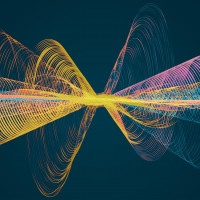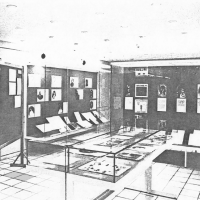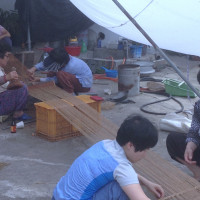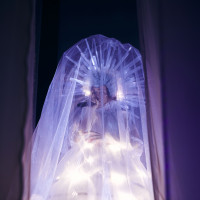Sounding Women's Work II
If musicians and sound artists identifying as women have ever more opportunities for working artistically in Denmark and the Nordic countries today, then why are they still so inadequately represented in educational material, historical canons, venue line-ups, museum collections, exhibitions, music events and festivals? This was the opening question for the call that was sent out for this special issue of Seismograf Peer. The call was motivated by a general curiosity towards how rehearsal spaces, performance spaces, venues, educational initiatives and other infrastructures are manifested, negotiated and challenged when artists and musicians identifying as women navigate them. The call was also motivated by an interest in expanding the knowledge of how the artists’ practices, technologies, bodily experiences, physical surroundings and working conditions intersect, and how such intersections relate to the sounding of women’s work in the Nordic countries.
There are plenty of numbers today that show us that composers, musicians and sound artists who identify as women are in the minority when it comes to representation on stages, festivals, museums, in academic research and music education. But even though there is an increased focus on gender and representation in the sound art and music industry, the experience of gendered expectations, and how these permeate everything from work practices to infrastructures in the sound art and music life, is still an under-illuminated field.
With this special Peer issue, we want to draw attention to gendered expectations, infrastructures, technologies, working conditions and artistic work by those who identify as women. The special issue is a continuation of the Focus on Sounding Women’s Work (DANISH VERSION HERE) that was published earlier this year (2022). Together they present an introductory article, five peer-reviewed academic articles and audio papers, and an enquete with twelve essays from artists in the field of experimental music and sound art examining, discussing and exploring ‘women’s work’. 'Women's work' or 'women' is a commonly used term to signal a gender division of labor and especially the type of work that is often invisible and underestimated. So now it is time to sound women’s work!





